
Marketing
Why are reviews important for your retail store?
Reviews guide customers as they make choices, foster trust, and can even give sales a significant lift. If your clothing...
Facebook vs. TikTok – Where Should You Invest?
Marketing

If you're wondering whether to invest in Facebook ads or TikTok ads, you're not alone.
Social media advertising has become a game-changer for all types of businesses looking to reach new audiences.
In this article, we'll explore both platforms in detail and compare their features such as user demographics, ad formats, and prices.
We'll also discuss strategies for each platform to help you decide which one is best for your dropshipping store.
So keep reading as we analyze Facebook and TikTok ads to determine which platform could lead you to advertising success!
Facebook ads are used by businesses to target a global audience across the Meta platform apps.
These advertisements are strategically placed in key locations throughout Meta, including the News Feed, Messenger, Audience Network, and Instagram.
What makes Facebook ads stand out is their ability to target billions of users based on detailed preferences, from hobbies to shopping habits.
TikTok ads are promotional content paid for by businesses to reach a vast audience – we’re talking about over 900 million of users worldwide.
Within the platform, these can appear as in-feed videos, sponsored interactive challenges, or full-screen advertisements upon app launch and can last no more than 60 seconds.
Designed to resonate with the more youthful demographic, TikTok ads offer dropshipping businesses the opportunity to directly engage with Gen Z users in a creative manner.
Creating ads on Facebook isn’t as complicated as it might seem at first glance. Everything is done from one single place – the Meta Business Suite.
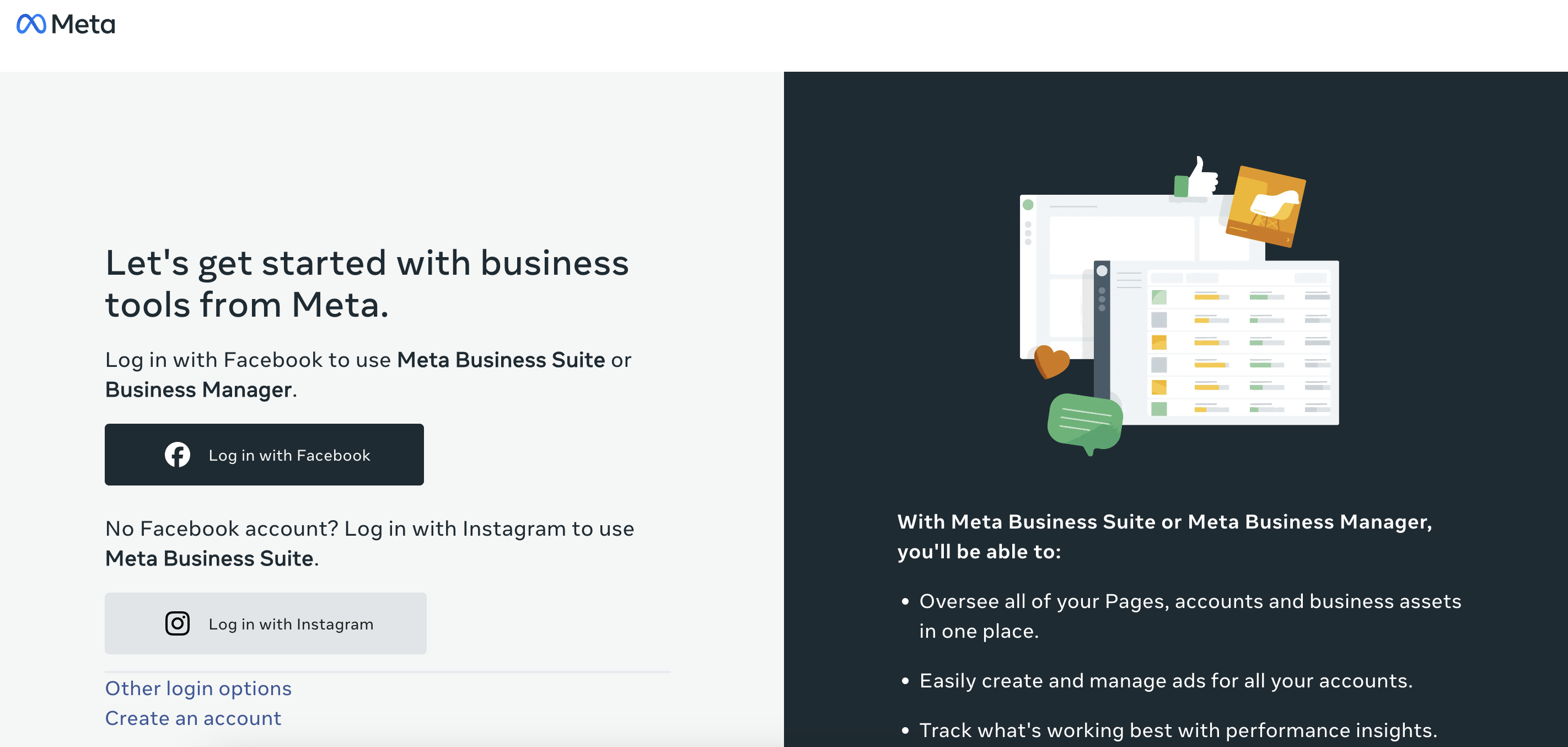
Here are a few steps to keep you in the right direction.
STEP 1 – Create your accounts
Start by creating all of the necessary accounts needed to start running Facebook ads – your Facebook page, your Meta Business Suite account, and your ads account.
STEP 2 – Set up a payment option
In the ‘Payment Methods’ section, specify your billing preferences to facilitate ad spending.
STEP 3 – Design your ad
Create our ad by clicking on the ‘Create ad’ button. You’ll be redirected to start designing your ad’s three components – ad campaign, ad set, and the ad itself. The platform will guide you through all three parts and ask you to set up ad objectives, target audience, ad placement, budget, visual elements, CTAs, etc.
Similarly to Facebook ads, TikTok ads can be created and managed quite easily from the TikTok Ads Manager.
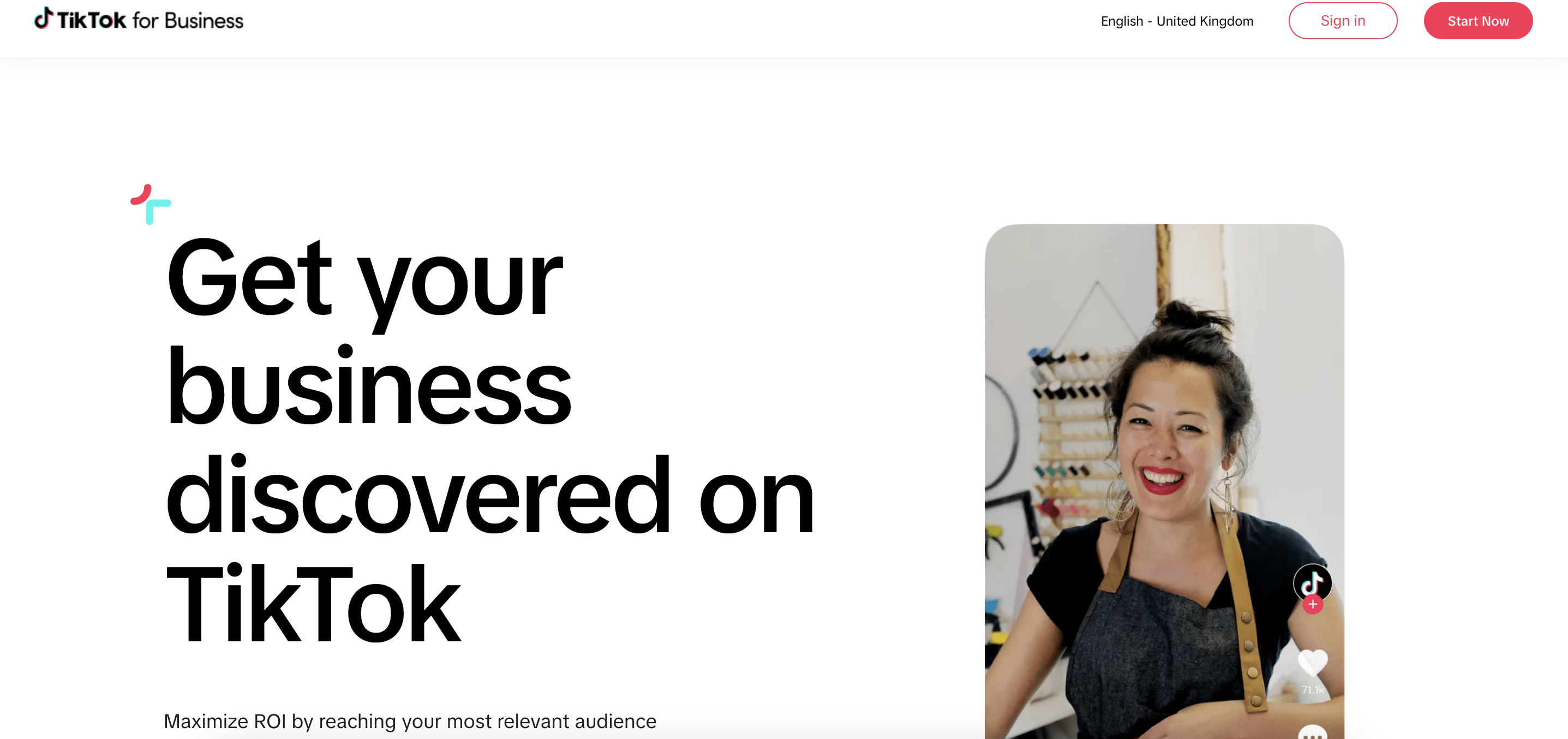
STEP 1 – Create a TikTok profile
Begin by navigating to the TikTok platform to sign in or establish a new account, which can be done using an email or social media account such as Facebook, Google, or Twitter.
STEP 2 – Create a TikTok ads account
Access the TikTok Ads Manager and fill out the requisite details to set up your advertising account.
STEP 3 – Design your ad
Select the ‘Campaign’ option, and hit the ‘Create’ button. The platform will guide you through the creation of your ad campaign, ad setup, and ad design.
Facebook ads present a flexible pricing model, influenced by factors such as ad quality, relevance, competition, and targeting specifics.
The platform operates on a bidding system where you can either set a manual bid or let Facebook optimize the bid amount for you to maximize ad performance.
The platform does not enforce a strict minimum ad spend, allowing dropshipping businesses to start with any amount.
AdRoll reports that the starting CPC rates for Facebook ads can be as low as $0.44, with the Facebook CPM fees averaging at $14.40.
On the other hand, although using a bidding model as well, TikTok works slightly differently when it comes to paying for ads.
According to Business of Apps, as of 2024, TikTok reports an average CPM of $10 and an average CPC of $1.
On top of that, there’s also a minimum spending requirement of $500 for each ad campaign.
When deciding to run paid ads, it’s important to understand the user age of both platforms as Facebook and TikTok ads cater to extremely different user bases.
Facebook’s audience includes multiple generations: from millennials to Generation X and even baby boomers.
The largest Facebook audience is made up of people between 25-34 years old.
Users between the ages of 18-24 come second, while those of 35-44 come third. The 13-17 age demographic comes in last place.
If hasn’t been made clear by now, TikTok is the hub for Gen Z and younger millennials.
A report by Statista claims that, as of January 2024, TikTok’s largest audience is made up of users between the ages of 18 and 24, while those of 25-34 years old came second.
Facebook supports a wide range of ad types, offering businesses the flexibility to showcase their content in different creative formats.
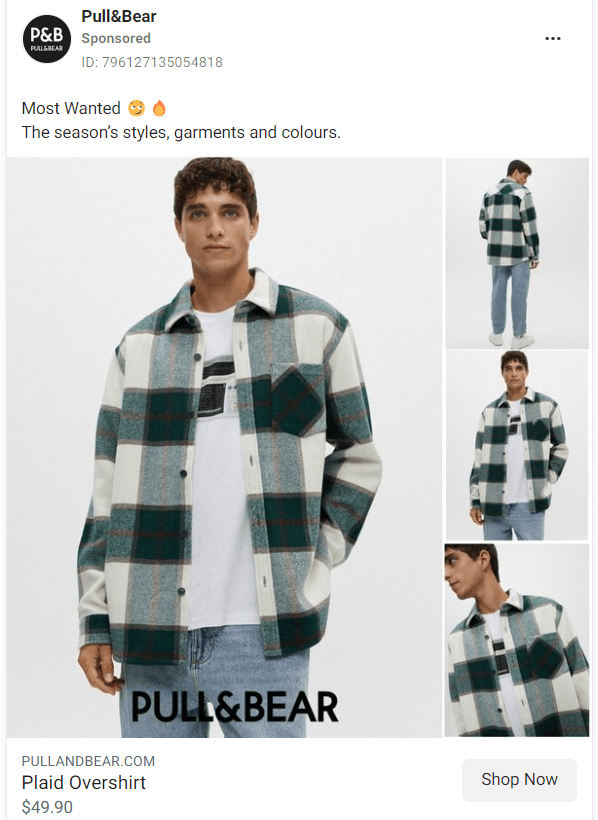
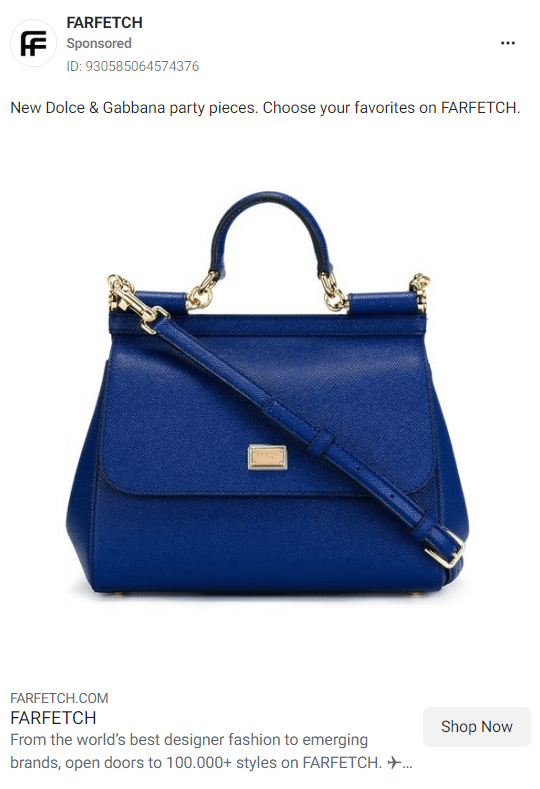
TikTok is known for its short-form video content available in a variety of formats.
Check out: Best TikTok ads examples
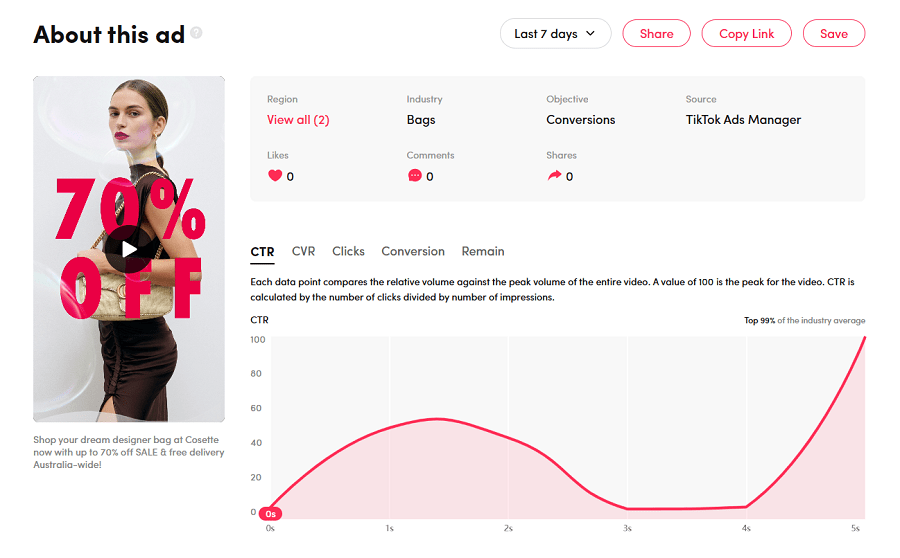
Facebook ads are tracked through Meta Pixel, formerly known as Facebook Pixel. TikTok ads are monitored using the TikTok Pixel.
Once embedded into your website, both pixels enable you to track users’ interactions on your website after they click on your Facebook/TikTok ad.
Whether they make a purchase, sign up for a newsletter, or add items to their cart, the TikTok Pixel and Meta Pixel record these activities and can offer you insights into the conversion rates and overall performance of your ads.
Check out: Most important Facebook ad metrics
Facebook’s dynamic ads automatically show the right products to people who have expressed interest on your website, app, or elsewhere on the Internet.
It’s a smart way to use technology to create a unique shopping experience for every user, dynamically adjusting the advertising content they see based on their specific behaviors and preferences.
Facebook collects and analyzes vast amounts of data, allowing advertisers to refine their target audience with remarkable precision.
By using that data, Facebook allows you to specifically target individuals who’ve recently bought similar products to the ones your dropshipping store offers.
This method is particularly effective because it’s based on actual consumer behavior rather than just demographic or interest-based targeting.
The Meta Business Suite offers a tool known as the Advantage Campaign Budget (formerly Campaign Budget Optimization) for efficient budget management.
This function allows Meta to distribute your budget automatically among your ad sets.
Essentially, this means Meta will allocate more funds to the ads performing best, ensuring your budget is used where it’s most likely to achieve success.
Participate in or start branded hashtag challenges to encourage user engagement.
The key is to create a challenge related to your products, making participation a subtle endorsement of your brand.
Successful challenges often become trending topics, attracting even more views and potential customers to your brand. Pairing these efforts with targeted ads can be a smart way to make money on TikTok by driving traffic directly to your products.
TikTok’s Automated Creative Optimization feature allows you to automatically test various ad versions.
This functionality blends your provided images, videos, and text, generating several ad variants to identify the most successful mix.
It’s a time-efficient approach that also sheds light on which aspects of your ads are most impactful.
Encouraging your audience to create their own content related to your brand as part of the branded challenges mentioned above or on their own can significantly amplify your reach.
When real users share their experiences with your products or engage with your brand in a genuine way, it builds trust and can lead to a broader, more engaged audience.
Check out: How to promote your online boutique?
Facebook and TikTok ads carry unique advantages, tailored for different objectives and different audiences.
A tech-savvy Gen Z audience and short-form videos might be more accessible on TikTok, while Facebook could be the key to reaching Millenials or Gen X with more diverse ad formats.
Ultimately, the best strategy might not be choosing one over the other but rather finding a way to use both platforms to their fullest potential.
By doing so, you can capture the full spectrum of social media users, optimizing reach and engagement across different segments.
Absolutely! TikTok ads offer a unique opportunity to reach a younger, highly engaged audience with creative, short-form videos. The platform’s rapid growth and the success stories from various brands make it a worthwhile investment for those looking to tap into a dynamic consumer base.
Yes, they are. Facebook ads provide access to a vast and diverse audience, detailed targeting options, and comprehensive analytics to measure your campaign’s performance.
It mostly depends on your target audience and marketing goals. Facebook is excellent for broader demographic targeting, while TikTok is an unmatched option for reaching a younger audience.
What is dropshipping?